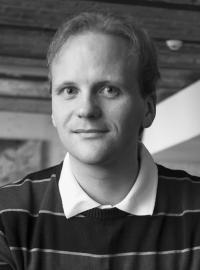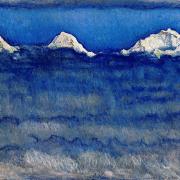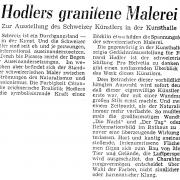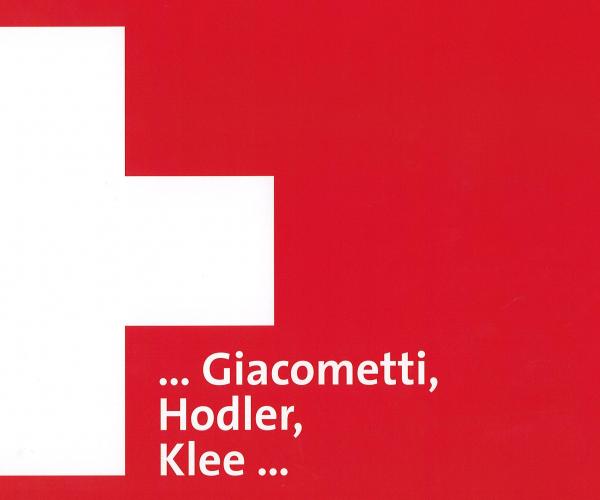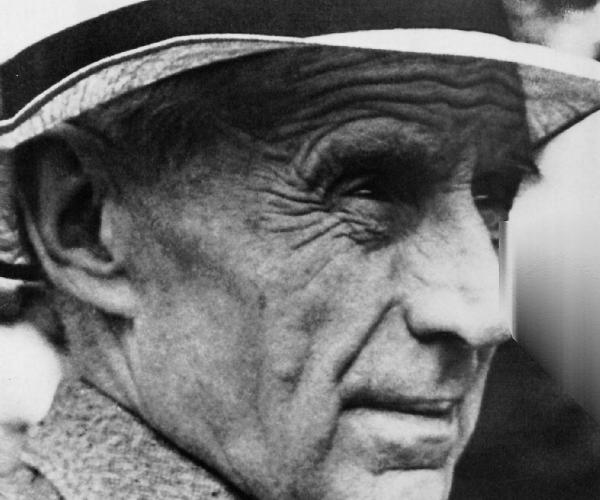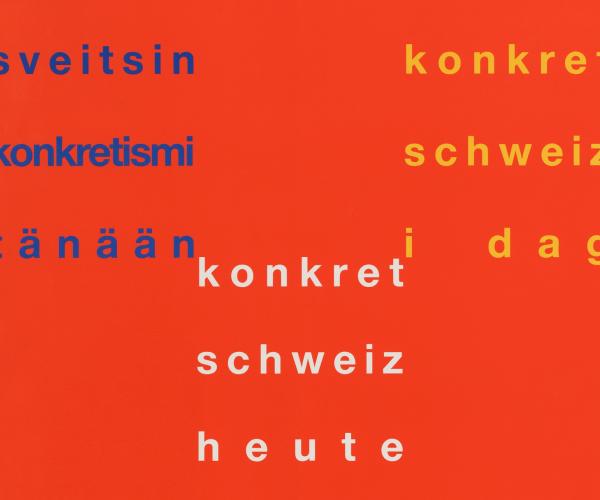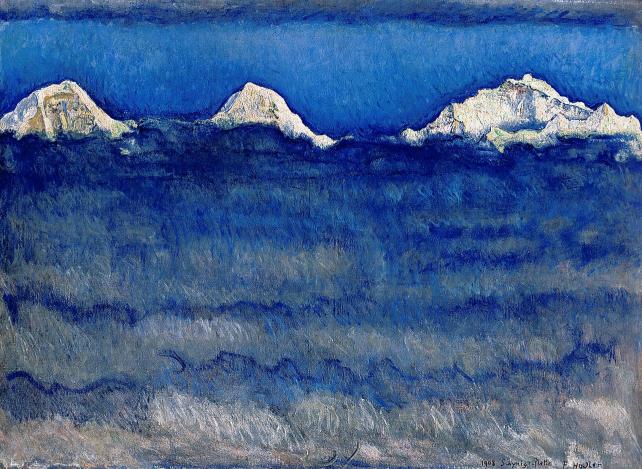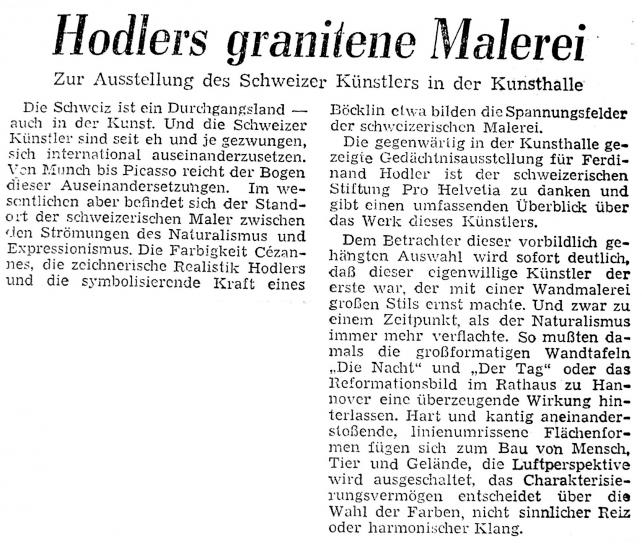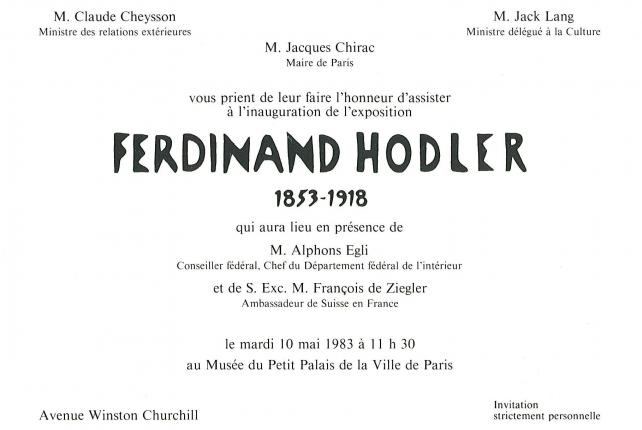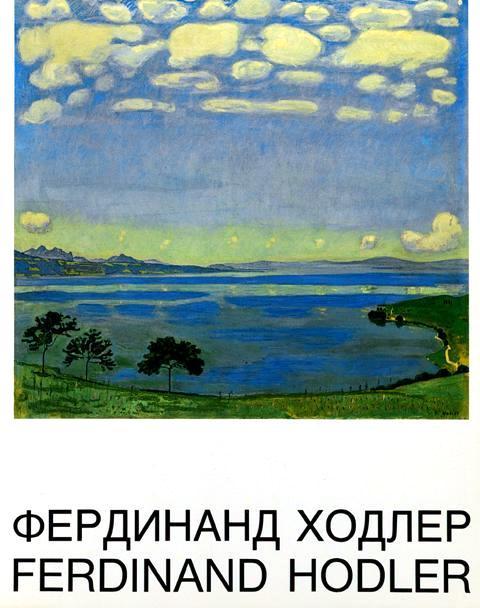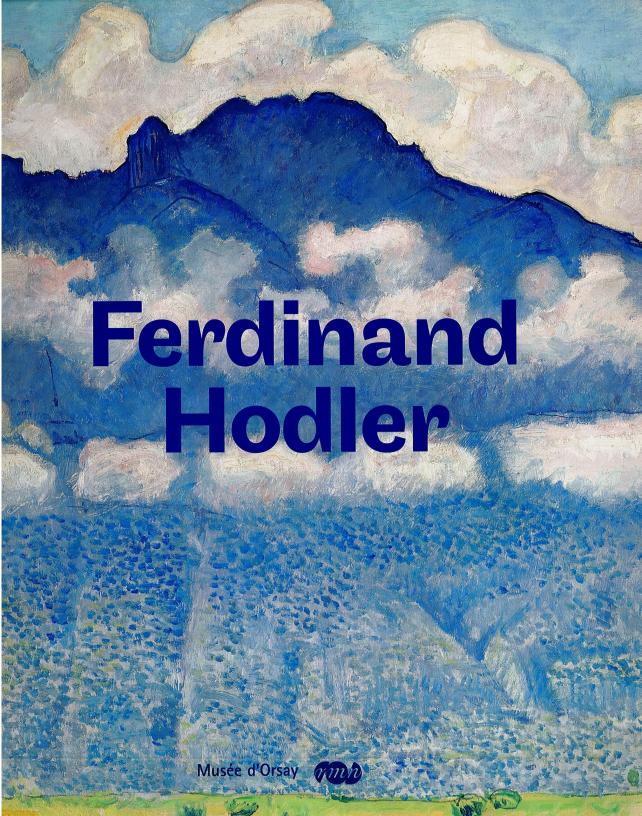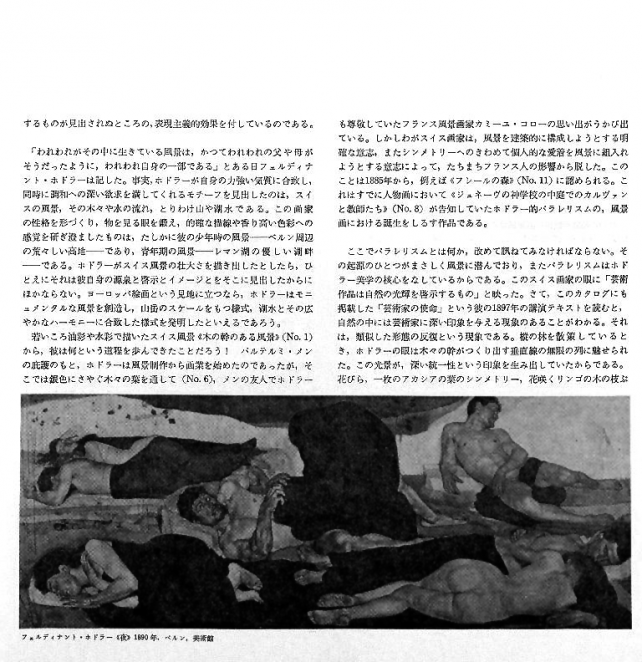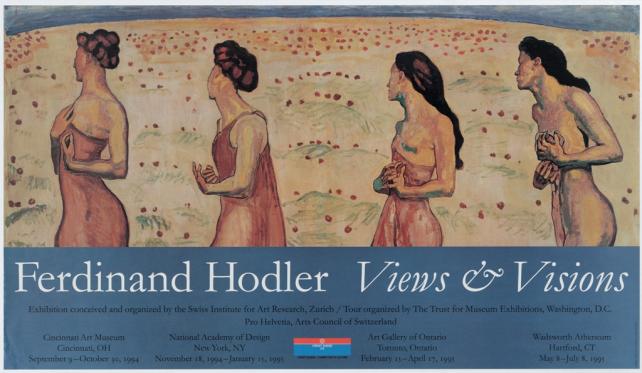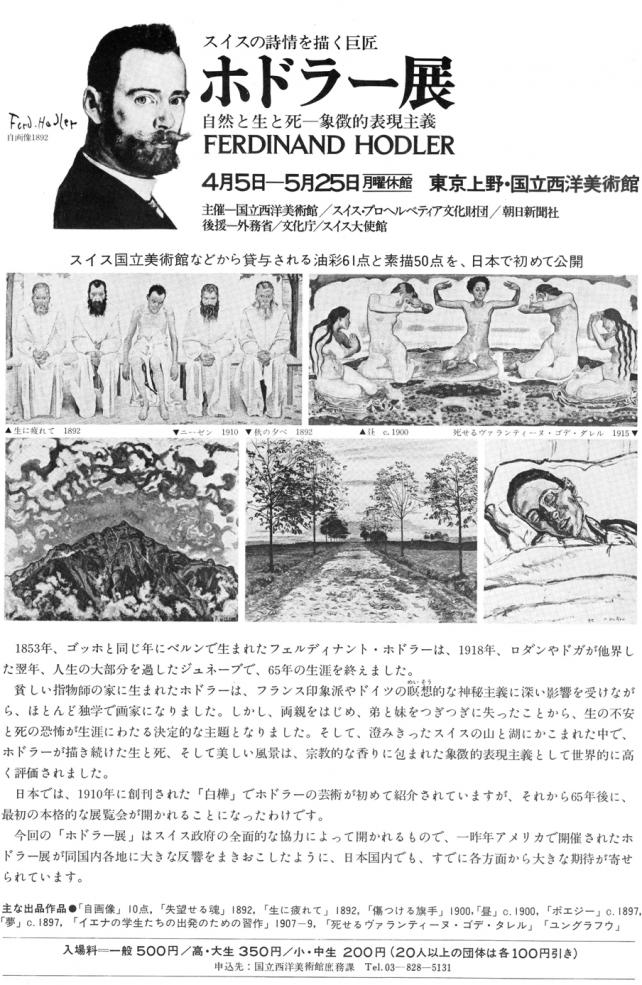Ferdinand Hodler, national painter
In Switzerland, the painter Ferdinand Hodler, who died in 1918, is often regarded as the artist who best expresses the country’s national identity. Even in 1991, Jura Brüschweiler, an art historian specialising in Hodler’s work, confirmed this by stating: Hodler has managed to crystallise numerous idiosyncrasies of the Swiss people of his time, possibly in a manner more deeply perceptive than many others. This manifests itself in e.g. his rugged brush strokes, the innate vigour of his drawing, wherein his peasant obstinacy prevailed against all obstacles. Again, this manifests itself in the sensitive faithfulness immanent in his landscapes or portraits. Thus not only the national subject matter comes to the fore, but above all a corresponding artistic voice which cannot be defined as either French, Italian or Germanic. Hodler’s work encompasses some of the elementary force, the granite like solidity, and the equilibrium of the landscape of mountains and lakes where he grew up.
Hodler’s significance for Swiss cultural foreign policy was confirmed during the interwar period. In 1920, when Switzerland participated for the first time in the Venice Biennial, the entire exhibit consisted of paintings by Hodler. Pro Helvetia used his work as a symbol for Swiss identity from the start.
In 1954, the Foundation organised the first major retrospective of Hodler’s work in Germany with the aim to ensure his place in European art history. At the opening of the exhibition, Pro Helvetia’s president, Jean-Rodolphe de Salis, emphasising Switzerland’s importance in the cultural field, described Hodler as the embodiment of Swiss art. Significantly, the selection committee had decided to consider mainly Hodler’s landscapes, discounting his Symbolist paintings that could have allowed for a dialogue with more recent artistic movements.
During the 1970s, as a result of a collaboration with the Berkeley University of California, exhibitions of Swiss paintings toured the United States and Japan, where they were welcomed by prestigious museums.
If Hodler was an essential part of the Swiss cultural image abroad during the 20th century, the interpretation of his work, however, gradually evolved towards a greater acknowledgement of his European importance. This reflected the decline of the Spiritual defence as well as changes in Switzerland’s political environment, which was more and more characterised by cultural cooperation and the abandonment of the idea of national self-sufficiency. In 1983, Luc Boissonnas, Secretary General of Pro Helvetia, wrote that the exclusive attention for the national dimension of Hodler’s work had made it impossible to enter into a genuine dialogue about his artistic approach.
At the same time, critical voices within Pro Helvetia questioned the artistic significance of exhibiting Hodler’s work abroad. Nevertheless, the global tour of Hodler’s work under the patronage of Pro Helvetia continued in 1988 with prestigious exhibitions in Moscow and Leningrad. In 2007, there was a retrospective at the Musée d’Orsay, Paris. Federal Council Micheline Calmy-Rey’s welcome address did not fail to emphasise the artistic quality of this “typically Swiss” painter. (tk)
Archives
AFS E9510.6 1991/51, Vol. 273, 349, 350, 903, 933, 934, 935
Bibliography
Ferdinand Hodler et les Suisses, Berne, Editions Pecel Art 1991
Menz-von der Mühll, Marguerite et Cäsar : Zwischen Kommerz, Kompromiss und Kunstvorstellung. Die Präsenz im Ausland, in : Der Bund fördert, der Bund sammelt. 100 Jahre Kunstförderung des Bundes, Office fédéral de la culture, Berne 1988

